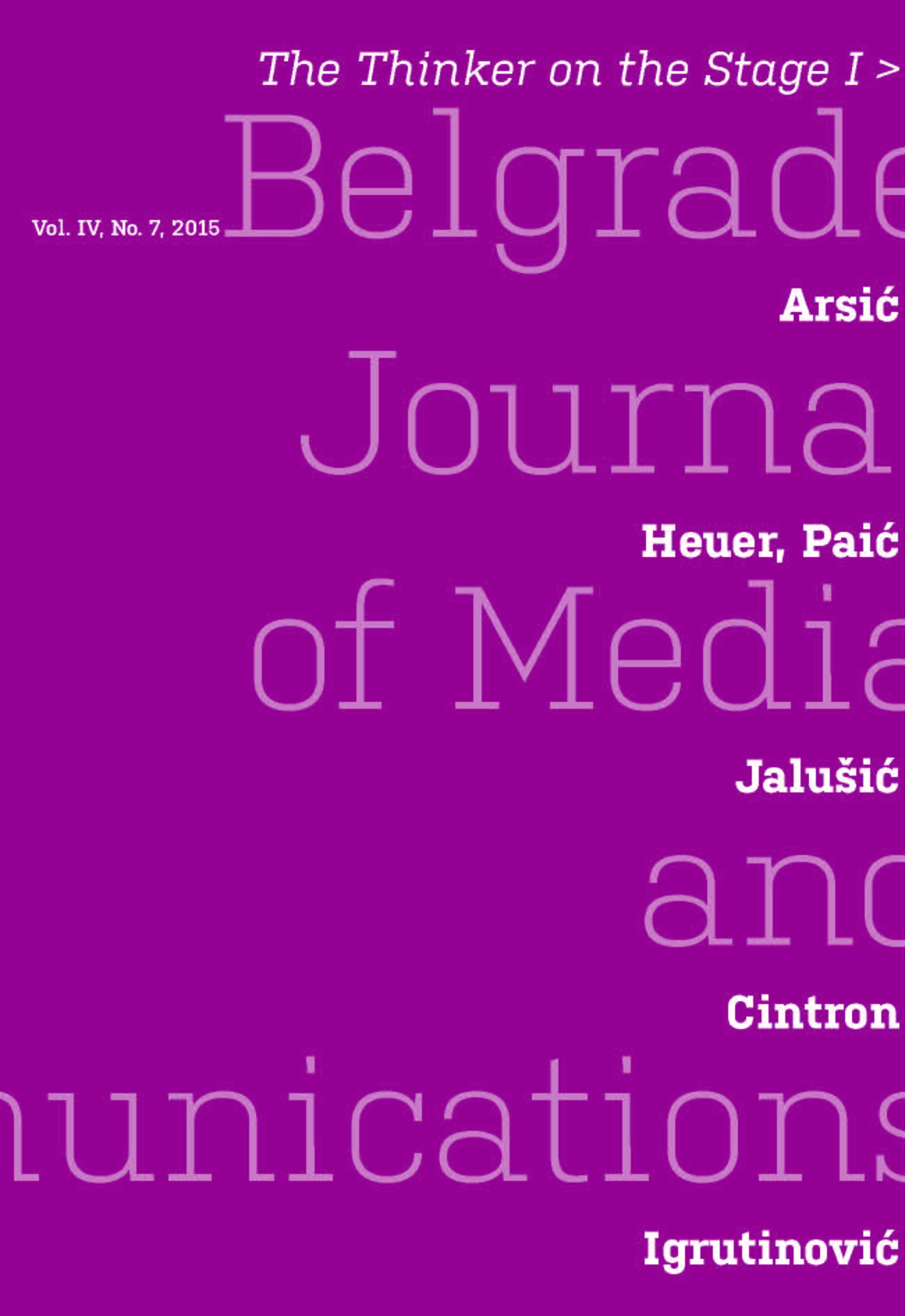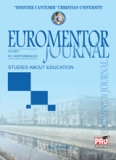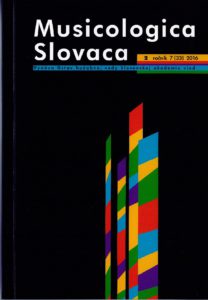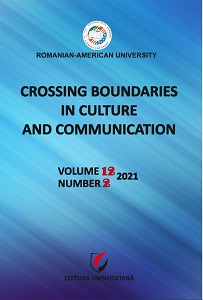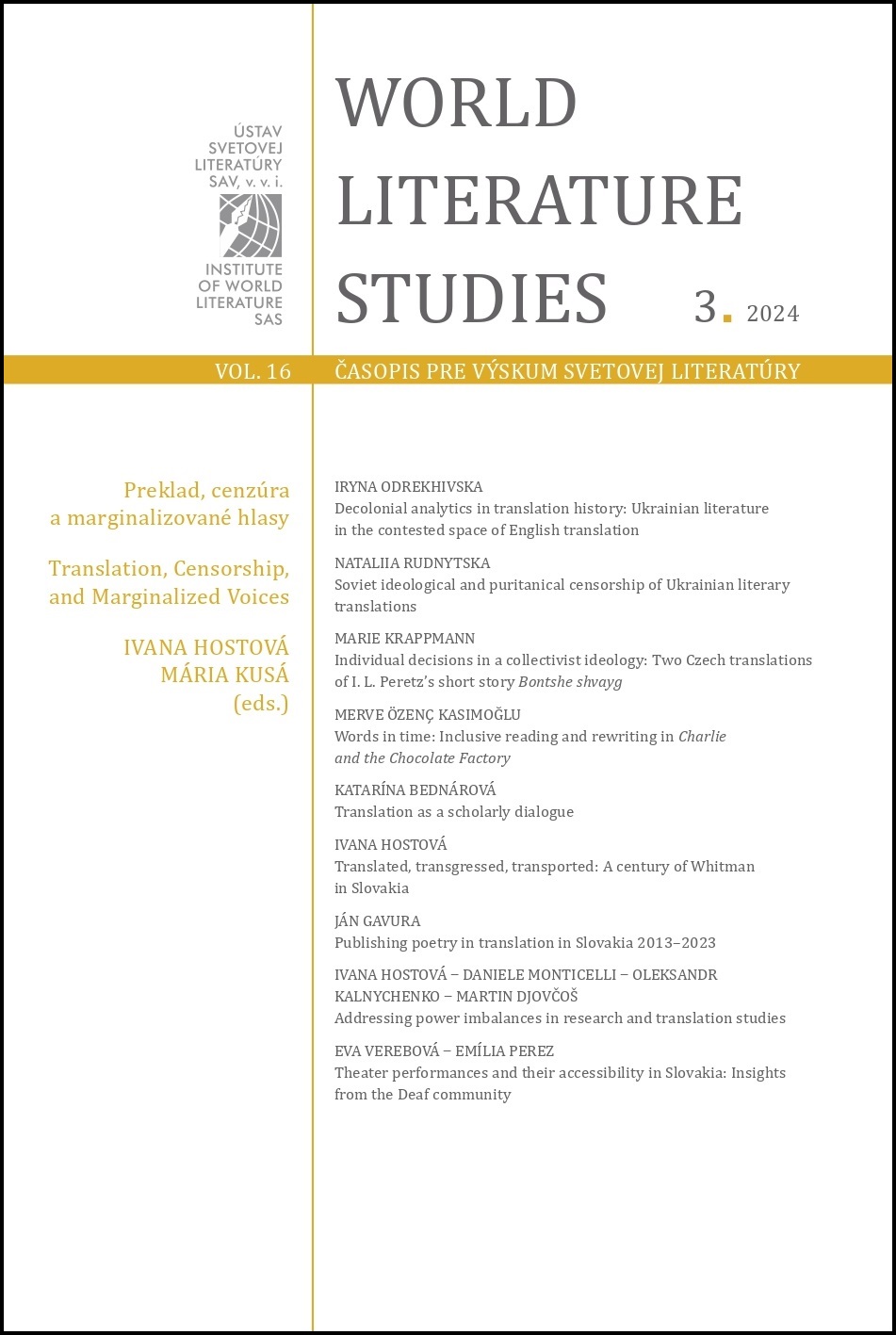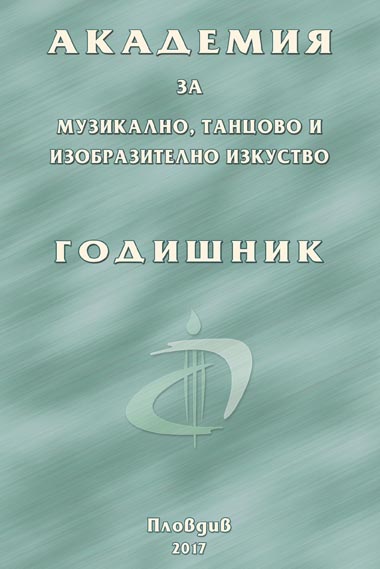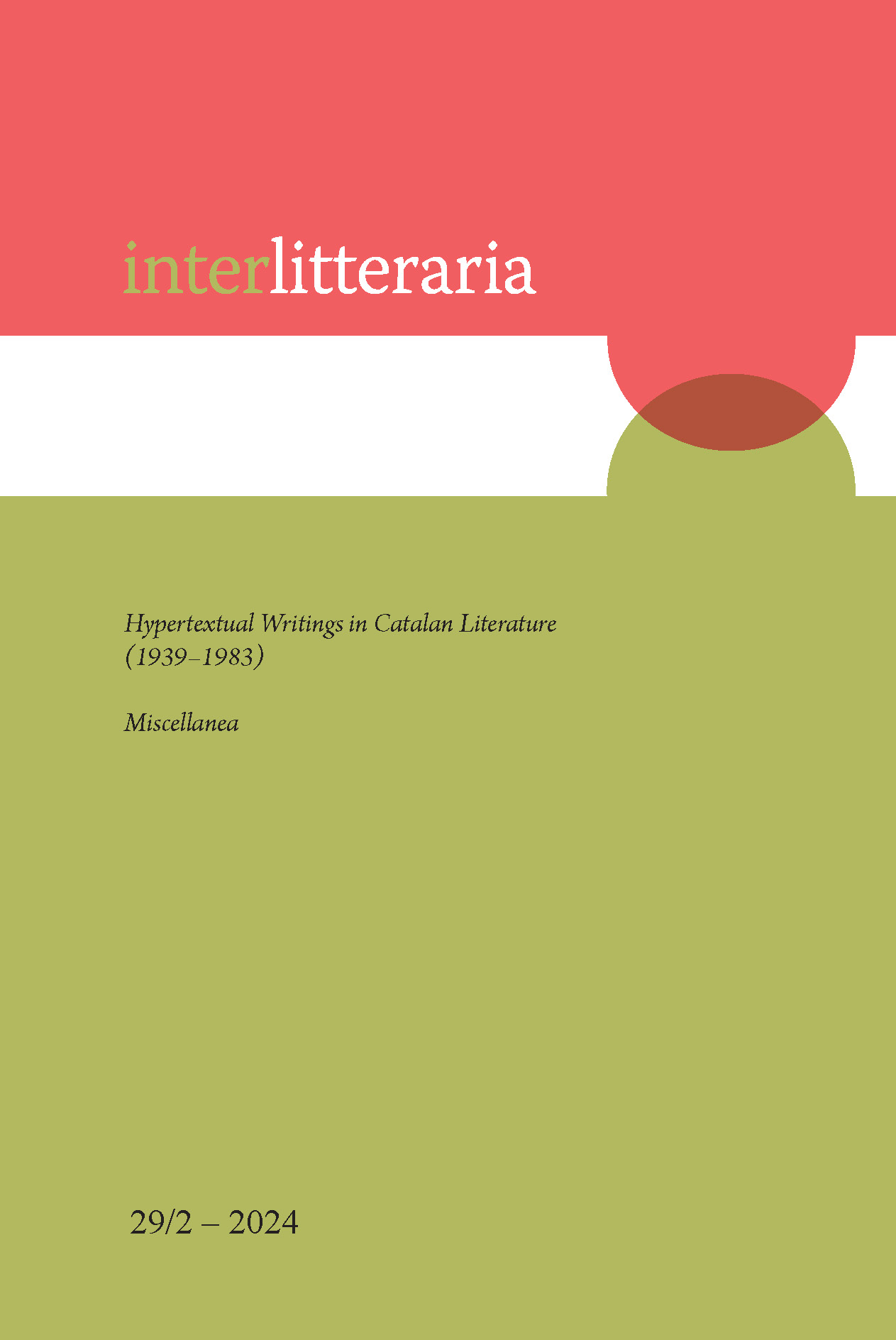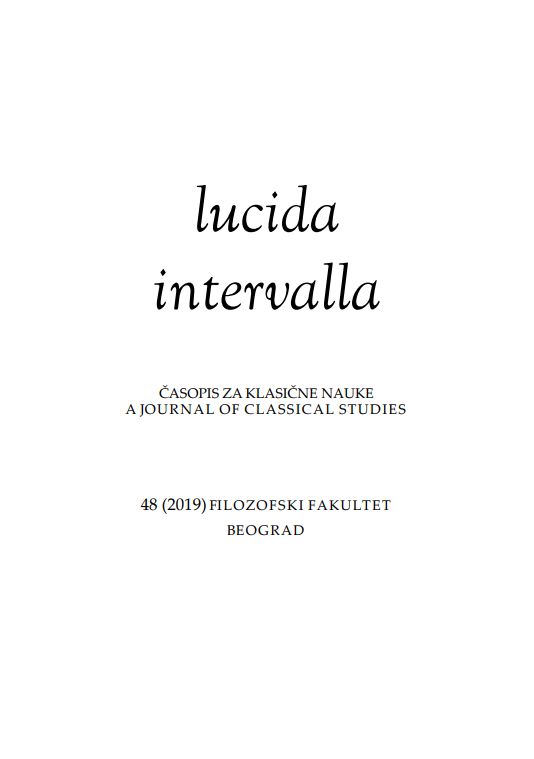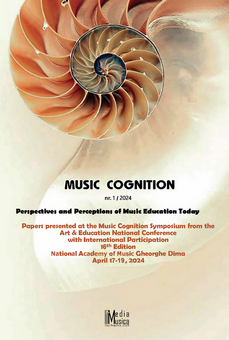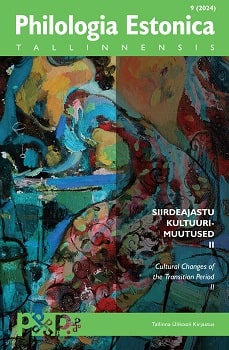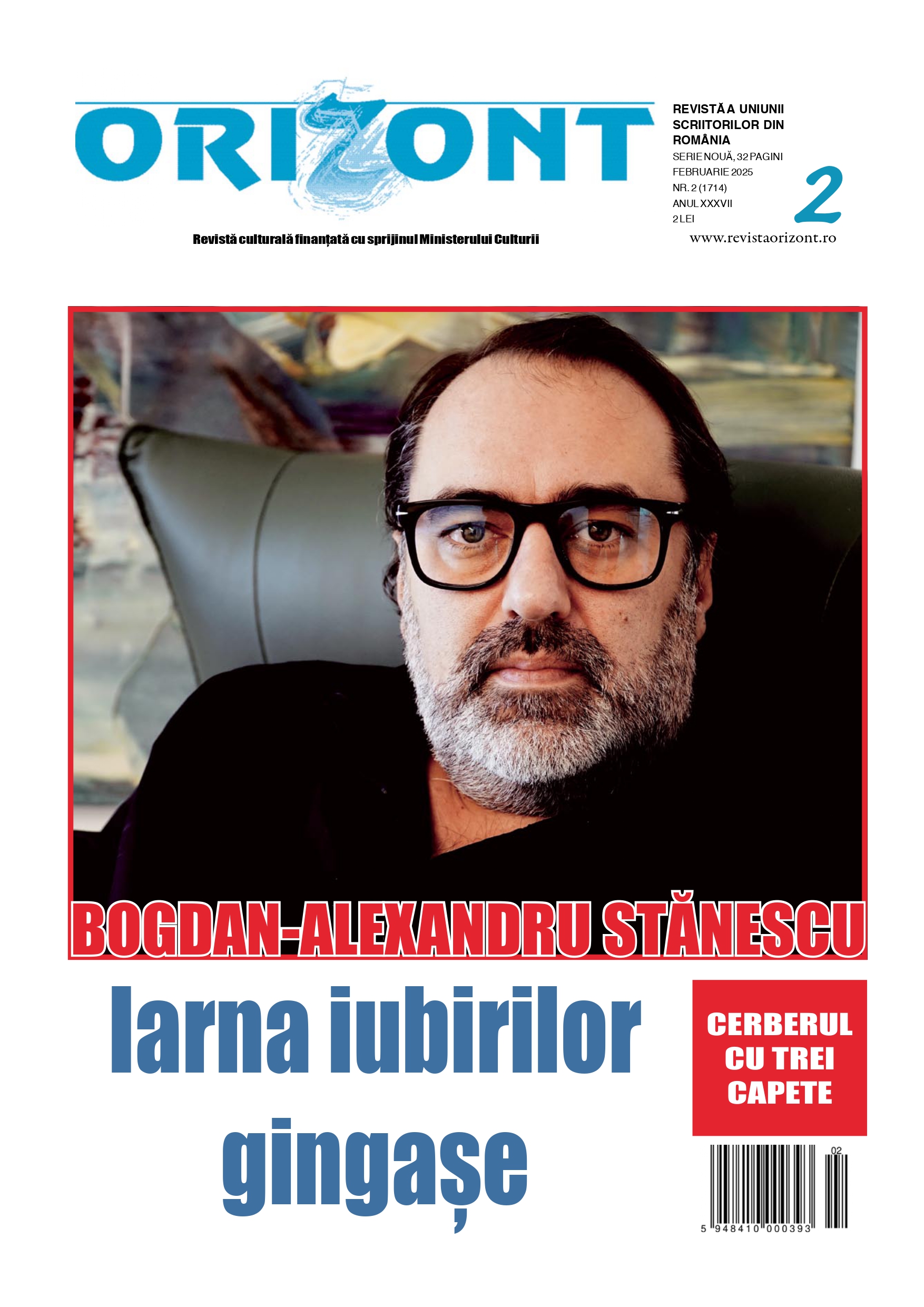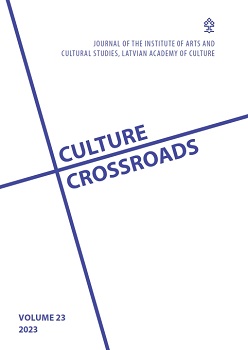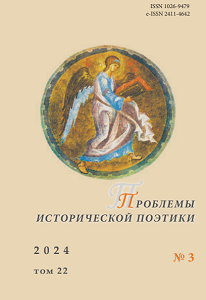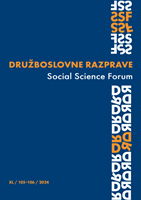Author(s): Kristiina Reidolv / Language(s): Estonian
Issue: 1/2024
The article compares institutional changes in the theatre and film sector in Estonia during the transition period from 1985 until 2004, preceding and following the dissolution of the Soviet Union in 1991. This painful process had a profound effect on the practitioners from both sectors. These tragic societal upheavals affected the above-mentioned sectors to a different extent, however. The article will analyse the manifold causes why the film sector was hit considerably harder than the performing arts. The transition period refers to socio-historical and geopolitical changes when post-socialist states shifted toward liberal democracy and market economy. While the fall of the Berlin Wall in 1989 is often considered the start of this period, in the Baltic states (including Estonia), it began earlier due to perestroika initiated by Mikhail Gorbachev in the mid-1980s. Estonia regained independence in 1991, and the transition period extended until 2004 when Estonia joined the European Union. During this time, various cultural fields experienced changes, each unfolding differently. The cultural landscape was marked by various events, significant shifts, and contradictions. While in all other spheres of life, especially in culture, ground-breaking reforms took place, which often had a short-term negative effect on the development of the field, theatre enjoyed relative stability. The former Soviet-time theatre system in Estonia remained intact: Soviet-time principles of state funding from the late 1980s continued, and the system of appointing artistic and managing directors remained the same. Consequently, no theatre was closed down and practitioners of the field still enjoyed relative stability. What most affected both the institutional and the artistic landscape of the Estonian theatre is the founding of independent companies. Already in the mid-eighties, the first independent theatre companies started to emerge here. Unlike the relative stability in the theatre system, the film sector faced significant challenges. Changes that occurred in the Estonian film sector during the transition period, can be described as a crisis – essentially, the infrastructure, public funding and the film market collapsed. In the 1990s, the Estonian film industry experienced a drastic reduction in state funding and cuts (institutional funding was replaced with project-based funding), privatisation, a decrease in production volumes, and the emergence of private film companies. In summary, Estonia’s transition period witnessed divergent trajectories in theatre and film, highlighting the complexities of cultural change. The theatre system remained largely intact, while the film sector underwent substantial transformations.
More...
